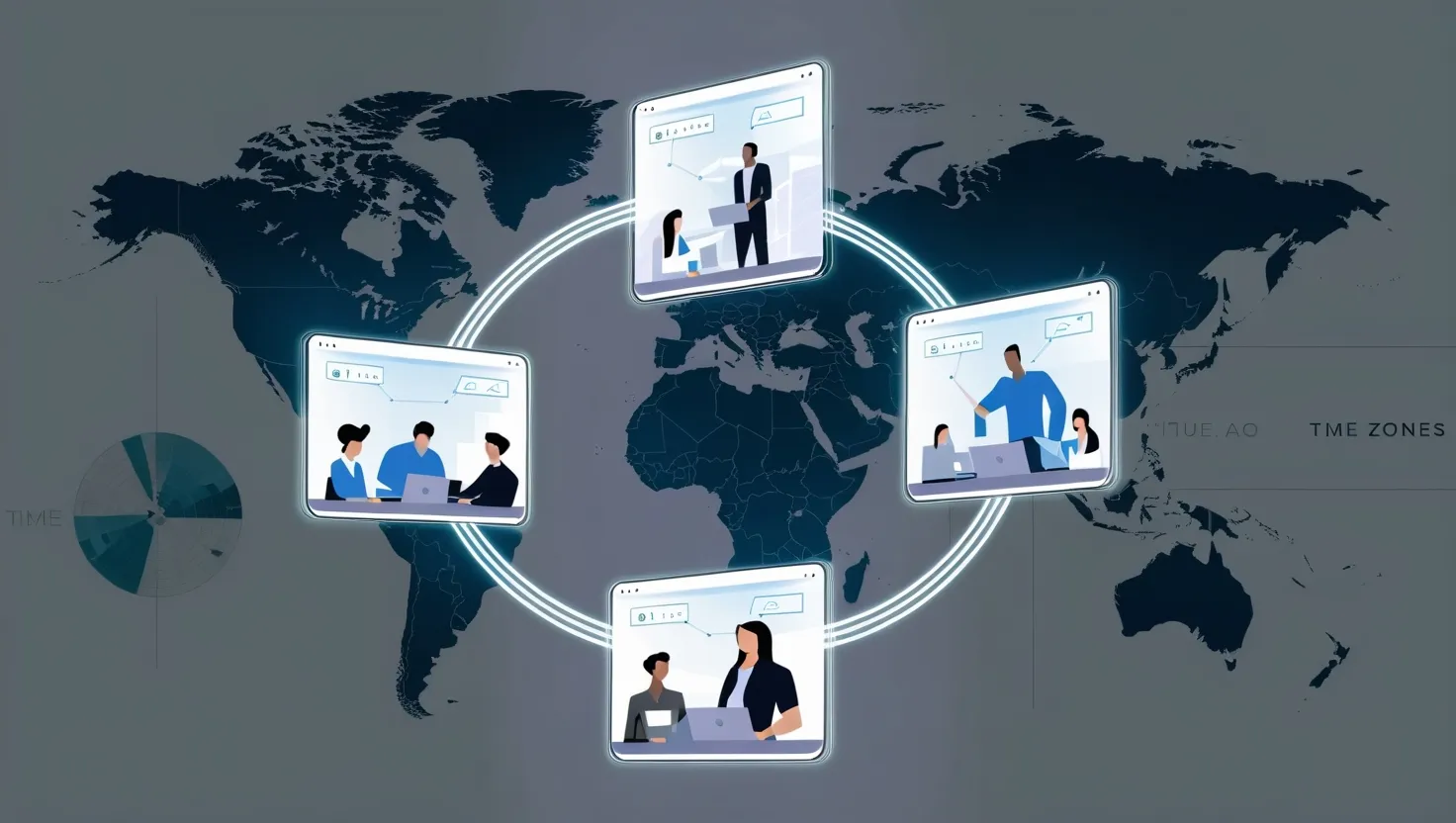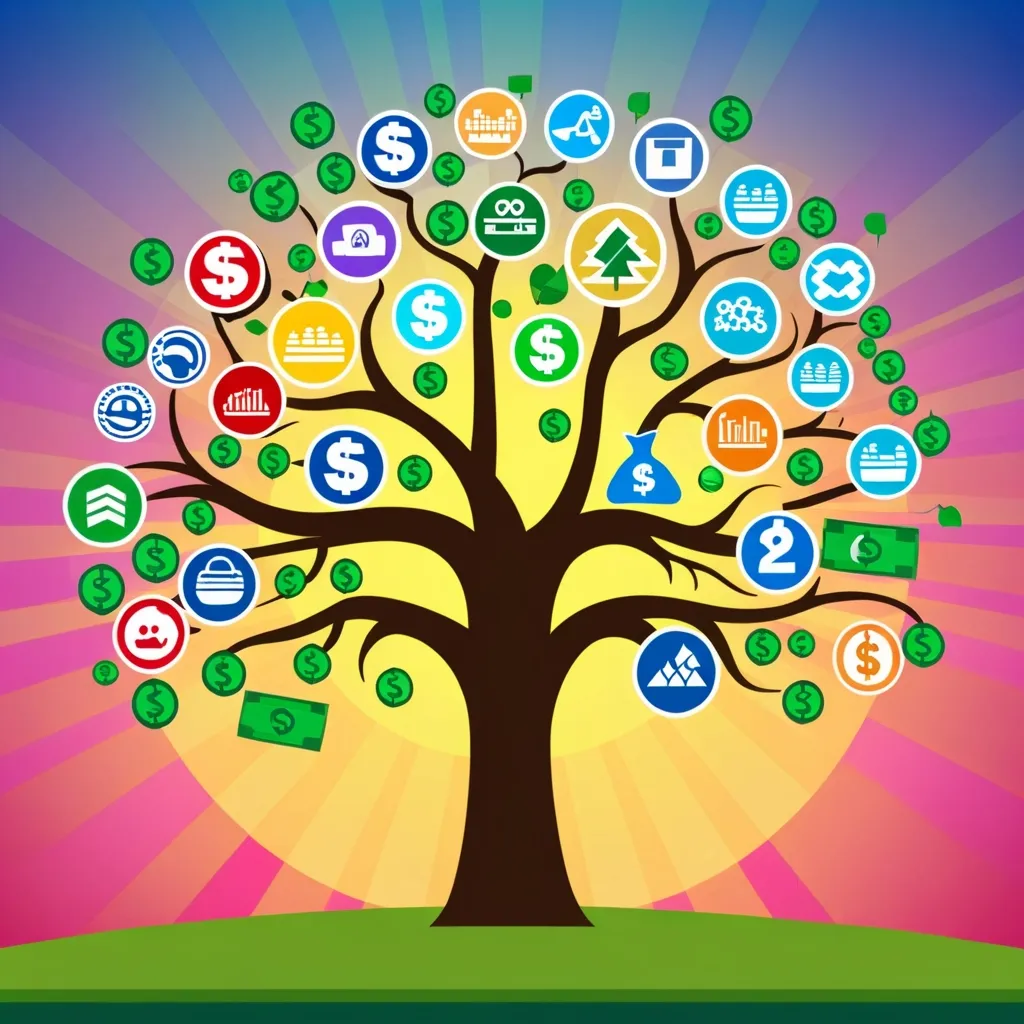In the modern workplace, the concept of time and collaboration is undergoing a significant transformation. Imagine a world where your team’s productivity is no longer shackled by the constraints of time zones or traditional work hours. This vision is not just about conference calls or asynchronous messaging; it’s about creating a seamless, interconnected network of work sessions that transcend the boundaries of linear time.
The Evolution of Collaboration
Before the pandemic, asynchronous work was a rare phenomenon, and most people hadn’t even heard the term. However, with the shift to hybrid work models, companies have had to adapt quickly. Today, asynchronous work is a daily habit for many, whether they are in the office or working remotely. This change has led to a blend of both synchronous and asynchronous methods, each used according to what best suits the specific work at hand.
For instance, companies like Upwork have embraced asynchronous work by equipping their workforce with the right technology. This allows employees to manage multiple projects simultaneously, moving from one task to another while waiting for input and feedback. This approach not only enhances work-life harmony but also increases personal flexibility.
The Role of Technology
Technology plays a crucial role in this new era of collaboration. Tools like Slack, Notion, and Airtable have integrated collaboration features directly into their platforms, reducing the need for external communication. For example, if you’re working on a design project using Figma, all communication and feedback can be handled within the app itself, eliminating the need to switch between different applications.
Slack, in particular, has become a cornerstone for many teams, offering a centralized platform for communication, project management, and integrations with other apps. It allows teams to automate everyday tasks, save time, and stay connected even when working asynchronously. Companies like IBM and Spotify have seen significant boosts in productivity by leveraging Slack’s capabilities.
Chronosynaptic Networking
The concept of chronosynaptic networking takes this a step further. It involves using advanced AI and predictive algorithms to create a network where work sessions are interconnected across different time zones. Imagine starting a project in the morning and then ‘handing it off’ to a teammate who picks it up during their optimal work window, perhaps hours or even days later.
In this scenario, AI fills in the contextual gaps, ensuring that the work flows seamlessly from one session to the next. This approach turns global teams into 24/7 productivity powerhouses, where ideas evolve constantly without the hindrance of traditional time constraints.
Practical Applications
To illustrate this, consider a global marketing team working on a campaign. A team member in New York can start designing the campaign in the morning, and by the time they leave for the day, the work is automatically transferred to a colleague in London who is just starting their workday. The AI ensures that all necessary context and updates are included, so the London team can pick up exactly where the New York team left off.
This fluid, ever-present stream of creativity and innovation transcends the limitations of linear time. It allows teams to work in a continuous loop, with each member contributing during their most productive hours. This not only enhances productivity but also fosters a culture of constant innovation and collaboration.
Overcoming Collaborative Dysfunctions
One of the major challenges teams face is collaborative dysfunction. Research has shown that 80% of teams suffer from this issue, which can lead to significant productivity losses. Collaborative dysfunctions can arise from internal team issues or from difficulties in collaborating with external teams.
To overcome this, teams need to adopt precise collaborative practices. This includes creating a written culture where information is shared transparently across the team. Tools like Google Drive and Dropbox help in maintaining a central “source of truth,” ensuring that all team members are on the same page.
Additionally, teams should establish clear agreements on how they will work together, including which tools to use for different tasks, when to be available for synchronous collaboration, and how to manage meetings and notifications. This structured approach helps in minimizing misunderstandings and maximizing productivity.
The Future of Work
In this chronosynaptic world, the future of work looks very different. It’s a world where time zones are no longer barriers but rather opportunities for continuous collaboration. Teams can work around the clock, with each member contributing at their most productive times.
This approach also has significant implications for work-life balance. With the flexibility to work during optimal hours, employees can better manage their personal and professional lives. It’s not just about productivity; it’s about creating a more harmonious and efficient work environment.
Real-World Examples
Companies like Novartis have already seen the benefits of such collaborative approaches. By investing in technology and agile work methodologies, Novartis has accelerated its drug development processes while maintaining high quality standards. This has been achieved through a networked enterprise that fosters collaboration across different functions, locations, and expertise domains.
In another example, a team working on a complex software project can use chronosynaptic networking to ensure that each component is developed and tested continuously. A developer in California can work on the frontend during their daytime, and as they finish, the backend developer in India can pick up the work, ensuring that the project moves forward 24/7.
Conclusion
The concept of chronosynaptic networking is not just a futuristic idea; it’s a reality that many teams are already embracing. By leveraging advanced AI and predictive algorithms, teams can create a seamless network of work sessions that transcend traditional time constraints.
This approach not only amplifies productivity but also fosters a culture of continuous innovation and collaboration. As we move forward in this era of smart living and advanced technology, it’s clear that the future of work will be defined by how effectively we can collaborate across different temporal planes. The possibilities are endless, and the benefits are undeniable – a world where time is no longer a barrier but a catalyst for productivity and innovation.






